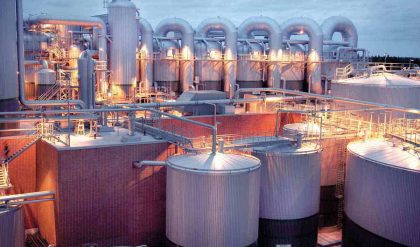There are number of factors which influence the rate of the reaction. These are :
o Nature of the reactants and products
o Concentration of the reacting species
o Temperature of the system
o Presence of catalyst
o Surface area of reactants
o Exposure to radiation
(i) Effect of nature of the reactant and product
Each reactant reacts with its own rate. Changing the chemical nature of any reacting species will change the rate of the reaction. For example, in halogenation reactions, the reactions involving iodine is found to be slower than those involving chlorine.
In case of products, some of them are capable of reacting back to form reactants or some other kind of products. In such cases, the overall rate will be altered depending on the reactivity of the products.
(ii) Effect of reacting species
As the initial concentration of the reactants increase in the reaction mixture, the number of reacting molecules will increase. Since the chemical reaction occurs when the reacting species come close together and collide, the collisions are more frequent when the concentrations are higher. This effect increases the reaction rate.
(iii) Effect of temperature
Increase in temperature of the system increases the rate of the reaction. This is because, as the temperature increases the kinetic energy of the molecules increases, which increases the number of collisions between the molecules. Therefore the overall rate of the reaction increases. This condition is valid only for endothermic reaction. For exothermic reaction the overall rate decreases with increasing temperature.
(iv) Effect of presence of catalyst
A catalyst is a substance that alters the rate of a chemical reaction, while concentration of catalyst remaining the same before and after the reaction. The addition of catalyst generally increases the rate of the reaction at a given temperature. Also, catalyst is specific for a given reaction.
(v) Effect of surface area of reactants
In case of reactions involving solid reactants and in case of heterogeneous reactions, surface area of the reactant has an important role. As the particle size decreases surface area increases for the same mass. More number of molecules at the surface will be exposed to the reaction conditions such that the rate of the reaction increases. Thus the reactants in the powdered form (or) in smaller particles react rapidly than when present in larger particles.
(vi) Effect of radiation
Rates of certain reactions are increased by absorption of photons of energy. Such reactions are known as photochemical reactions. For example, H2 and Cl2 react only in the presence of light. With increase in the intensity of the light (or) radiation, the product yield increases. For photosynthesis light radiation is essential and the process does not proceed in the absence of light.


Comments are closed.